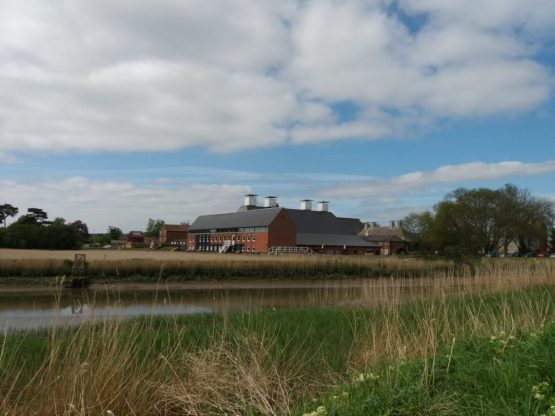Key Legislation

The National Planning Policy Framework (NPPF) sets out Government’s national policy for planning in England and local authorities must have regard to this when preparing Development Plans and when making planning decisions.
The NPPF confirms that Areas of Outstanding Natural Beauty (AONB) are equivalent to National Parks in terms of their landscape quality, scenic beauty and planning status.
Paragraph 172 of the 2019 NPPF specifically relates to National Parks and AONBs. The 2019 amendment requires AONBs to be enhanced as well as conserved, bringing the policy in line with the primary legislation set out in the Countryside and Rights of Way Act.
It also specifies that the scale and extent of development within AONBs should be limited.
Paragraph 172:
Great weight should be given to conserving and enhancing landscape and scenic beauty in National Parks, the Broads and Areas of Outstanding Natural Beauty, which have the highest status of protection in relation to these issues.
The conservation and enhancement of wildlife and cultural heritage are also important considerations in these areas, and should be given great weight in National Parks and the Broads.
The scale and extent of development within these designated areas should be limited. Planning permission should be refused for major development other than in exceptional circumstances, and where it can be demonstrated that the development is in the public interest.
Consideration of such applications should include an assessment of:
- a) the need for the development, including in terms of any national considerations, and the impact of permitting it, or refusing it, upon the local economy;
- b) the cost of, and scope for, developing outside the designated area, or meeting the need for it in some other way; and.
- c) any detrimental effect on the environment, the landscape and recreational opportunities, and the extent to which that could be moderated. In order to comply with this paragraph 172, it is clear that ‘great weight’ needs to be applied to conserving and enhancing the landscape and scenic beauty of AONBs when preparing local plans and considering planning applications.
While decision takers need to take into account other material considerations, they should provide reasoned justification when other considerations are given greater weight than that given to the conservation and enhancement of the landscape and scenic beauty of AONBs.
In respect of assessing proposals that constitute major development, Paragraph 172 is clear that both the requirements of exceptional circumstances and public interest must be met.
Planning Practice Guidance
The National Planning Practice Guidance is published by Government to provide amplification on the NPPF and explain key issues in implementing the policy Framework. The guidance on Areas of Outstanding Natural Beauty was updated in 2019.
The Guidance confirms that:
The Duty of Regard set out in Section 85 of the Countryside and Rights of Way Act 2000 (CRoW) is relevant when development proposals that lie outside of AONB boundaries, but which impact on their setting are being determined.
AONB Management Plans are relevant when local planning authorities are preparing Local Plans and assessing planning applications.
The scale and extent of development should be limited within AONBs. It advises that all development in AONBs will need to be located and designed in a way that reflects their status as landscapes of the highest quality. It also recognises that poorly located or designed, development within the settings of AONBs can do significant harm.
As well as satisfying the objectives of paragraphs 172 of the NPPF, all proposals should comply with the relevant policies in Local Plans covering the AONB and objectives in the Suffolk Coast & Heaths AONB Management Plan 2018-2023, which is a material planning consideration.
All planning applications coming forward within the AONB must also pay due regard to the statutory purpose of AONB designation in accordance with Section 85 of the Countryside and Rights of Way Act 2000.
Section 85 – states that in exercising or performing any functions in relation to, or so as to affect, land in and AONB, authorities “shall have regard” to their purposes. This is known as the Duty of Regard.
Duty of Regard
Section 85 of the CRoW Act places an explicit duty on relevant authorities to have regard to the purpose of conserving and enhancing the natural beauty of an AONB when exercising or performing any function in relation to or so as to affect an AONB. Relevant authorities include Government Ministers, public bodies, statutory undertakers and any persons holding public office.
The S85 Duty of Regard applies to all functions, not just those relating to planning and is applicable whether a function is statutory or permissive. It covers land outside as well as within an AONB, where an activity may have an impact on an AONB. The requirement is to ‘conserve and enhance’ and both aspects are required to be addressed.
In relation to planning, the Duty of Regard applies to plan making and decision taking. It is good practice for a local planning authority to consider the Duty of Regard at several points in the decision making process and to provide written evidence to demonstrate how that the Duty has been applied.
